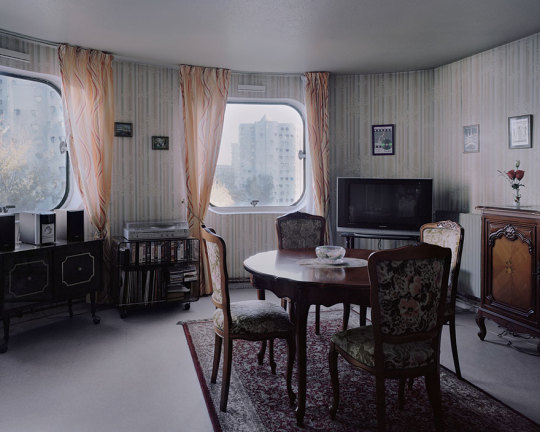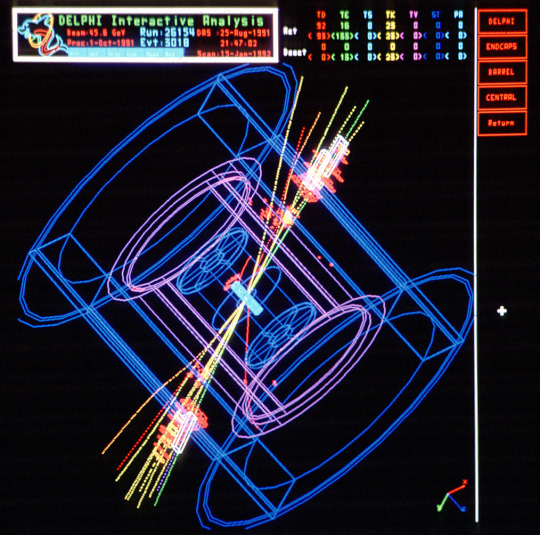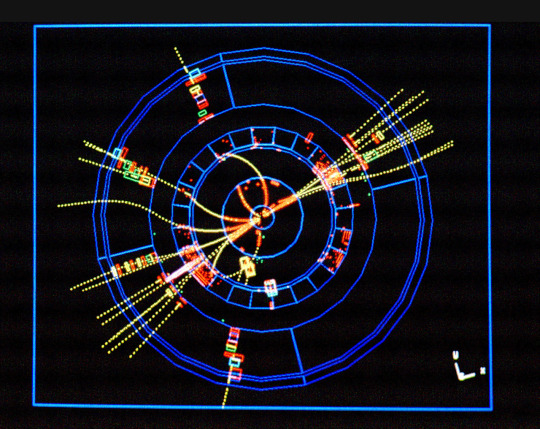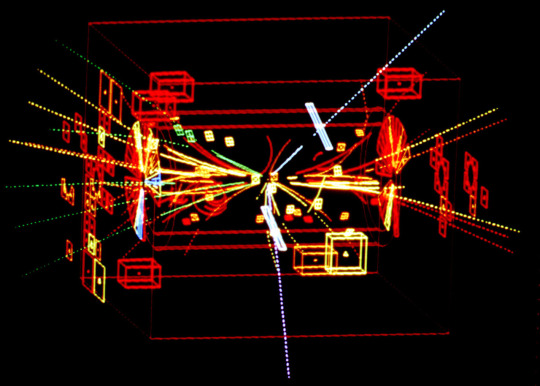Photo

The SPHINX, a super sci-fi looking computer design from the 80s.
6K notes
·
View notes
Photo

Ron Cobb’s “Alien” concept art.
Edit: This appears to actually be by Ridley Scott, not Cobb!
6K notes
·
View notes
Text
nxt computers
An Overview of the NeXT Computers
If you are an avid computer user, you may be interested in the NeXT computers. This article will provide an overview of the NeXTstation and NeXTcube, and will also give you an opportunity to see some of the parts of the computer. It will also provide you with an early peek into the NXT programming environment.
NeXT
NeXT computers are an American company that…

View On WordPress
1 note
·
View note
Photo




This is an interesting machine: a Wikipedian counterpart to the NeXTcube that birthed the web without which Wikipedia, the iMac used to make it, and much else besides, wouldn’t exist.
These photos, taken from the Christie’s auction,1 are beautiful. The most especially beautiful is that well-travelled box: it has the natural patina that we’ve all spent 20 years trying to achieve quickly and artificially on our jeans and copper-bottom pots and everything ‘heirloom’.
Twenty-year-old plastics and electronics are interesting, but twenty-year-old cardboard is fascinating. iMacs and GameCubes survive in relatively large numbers because they’re a (mostly) functional object and an attractive one at that. Boxes rarely do because their function is nearly immediately outlived, and they take up disproportionate space for their expired utility.
That box is the kind of artefact that I’m deeply drawn to, but unable to create or own myself. Ephemera cannot survive in my environment – it falls victim to the manic, far-reaching purges that happens every few years, usually spurred on by a disruption or crisis. Fight Club had a deep and lasting effect on my outlook that applies inconsistently but intensely.2
And yet: I’m drawn to it and its kind, while also knowing I could not be trusted with it.
I also can’t really be trusted with the iMacs G3 that I’m in the process of upgrading with RAM and SSDs – there’s a strong possibility that, at some point in the future, they’ll be given away. But, while they’re here and while I’m passionate for them, I’ll enjoy the project and enjoy using these wonderful machines. I’ll even perversely enjoy the absolute frustration of opening them up to work on.
One of the things that makes the iMac G3 so especially attractive, so especially enjoyable, is the inconsistencies and joyousness embodied in their design and manufacture. These are machines from an earlier Apple – a pre-aluminium, pre-iPhone, pre-multiple-trillion-dollars Apple – and, like the company then, they’re not perfect.
They aren’t machined blocks of aluminium, crammed full of densely bespoke electronics: they’re a fragile, slightly wonky assembly of discrete parts, many of which you can replace yourself if you’re brave enough. And they really are fragile – I’ve had two disintegrate, horribly, into a snowstorm of internal beige plastic and wobbly CRTs during shipment. (One of those, tragically, the same colour as Wales’ historic machine; I hope its strawberry plastics prove salvageable.)
They have strange, charming inconsistencies in their design: pinstripes on the screen surround next to a slightly different shade of translucent plastic, unstriped, on the bottom housing. Handles in yet another kind and shade of translucent plastic. Snow-white iMacs shipped with black peripherals3. Two of them came in insane patterns. (Those two are my favourite, and my Blue Dalmatian arrived, thankfully, intact.)
They are, quite simply, beautiful, strange objects: very much of their time, very clearly far worse computers than Apple makes now, but also far nicer and more fun than anything Apple makes now.
The new 24″ iMac, which has been compared to the iMac G3, is beautiful and returns colour to the Mac – but it’s not fun. It’s perfect in its implementation, uniform in its materials, and sterile in its beauty. It is the product of what Gruber, whose site I no longer read, describes succinctly as “rigorous consistency”:
Type choices under Steve Jobs were excellent, but always a little ad hoc. Myriad for advertising and packaging, Lucida Grande for Mac OS X, Helvetica for the iPhone. I think it’s safe to say that Steve Jobs was far less rigorous than Jony Ive. The rigor necessary to develop a single type family that can work for everything from a digital watch face to a 100-foot billboard advertisement is extraordinary. And Ive has also brought that rigorous consistency to Apple’s architecture. Their new campus and their new retail stores are of the same design language – lighting, materials, furniture.
Ive’s tenure was one of rigour and constant polish. This led to some incredible devices, but simultaneously ended up polishing out character and warmth, leaving behind beautiful objects that were, at times, functionally impaired. We ended up with slabs of aluminium that are incredibly computers but forgettable objects.
The new iMac – beautiful, powerful, colourful – is rigorous in its design, and I’m glad it exists. I’m glad that it heralds colourful, powerful laptops in my price bracket. I’m glad of these things, but I’ll never look at it with the fondness I do the iMac G3.
Inexplicably, aggravatingly, Christie’s, who operate in a business that’s all about details, can’t seem to get their shit together and use proper apostrophes in their listing. This is so basic that I can’t even get Tumblr, a coding disaster all of its own, to stop overriding ' and replacing it with a real apostrophe!
I’m not expecting them to manually add the HTML character entities by hand (been there, done that, and would not recommend it) but I am expecting them to use a CMS that does this itself, or to type the fucking character. On a Mac, like the one they’re listing for sale, it’s ⌥⇧] – and has been for at least 30 years. ↩︎
Distressingly, I’m now older than either Edward Norton (30) or Brad Pitt (36) were when they made the film. Outliving Tyler Durden is a sort of generational rite-of-passage akin to outliving Kurt Cobain, and one that’s not without a little existential horror. Tyler is and remains perfect in his own way, while I simply age. ↩︎
The original black and white combo is actually pretty hard to find on Google’s image search nowadays – most people have swapped out the black Pro Mouse and Keyboard with later white ones, which jells better but isn’t period-correct. The A1048 keyboard is a common but anachronistic pairing; more appropriate would be the much rarer white M7803, which by this point in time is likely not very white. ↩︎
26 notes
·
View notes
Photo

It’s not the side effects of the cocaine. I’m thinking it must be love.
#davidbowie#bowie#david bowie#stationtostation#kirlianphotography#kirlian#photography#aura#cocaine#1970s#1970
13 notes
·
View notes
Photo








Forgotten Housing Estates Of Paris Documented By Laurent Kronental
10K notes
·
View notes
Link
A simple pizza-like recipe, Staititai, from a book called The Partying Professors, by the Greek writer Athenaeus. This Greek book would have been widely known in Rome.
Read more: The Winter Guest: Staititai or Ancient Roman pizza http://invitadoinviernoeng.blogspot.com/2009/09/staititai-or-ancient-roman-pizza.html#ixzz4vK70wNIf
Under Creative Commons License: Attribution
More about Athenaeus, and a link to his cookbookat Google Books: http://www.cooksinfo.com/athenaeus

142 notes
·
View notes




























